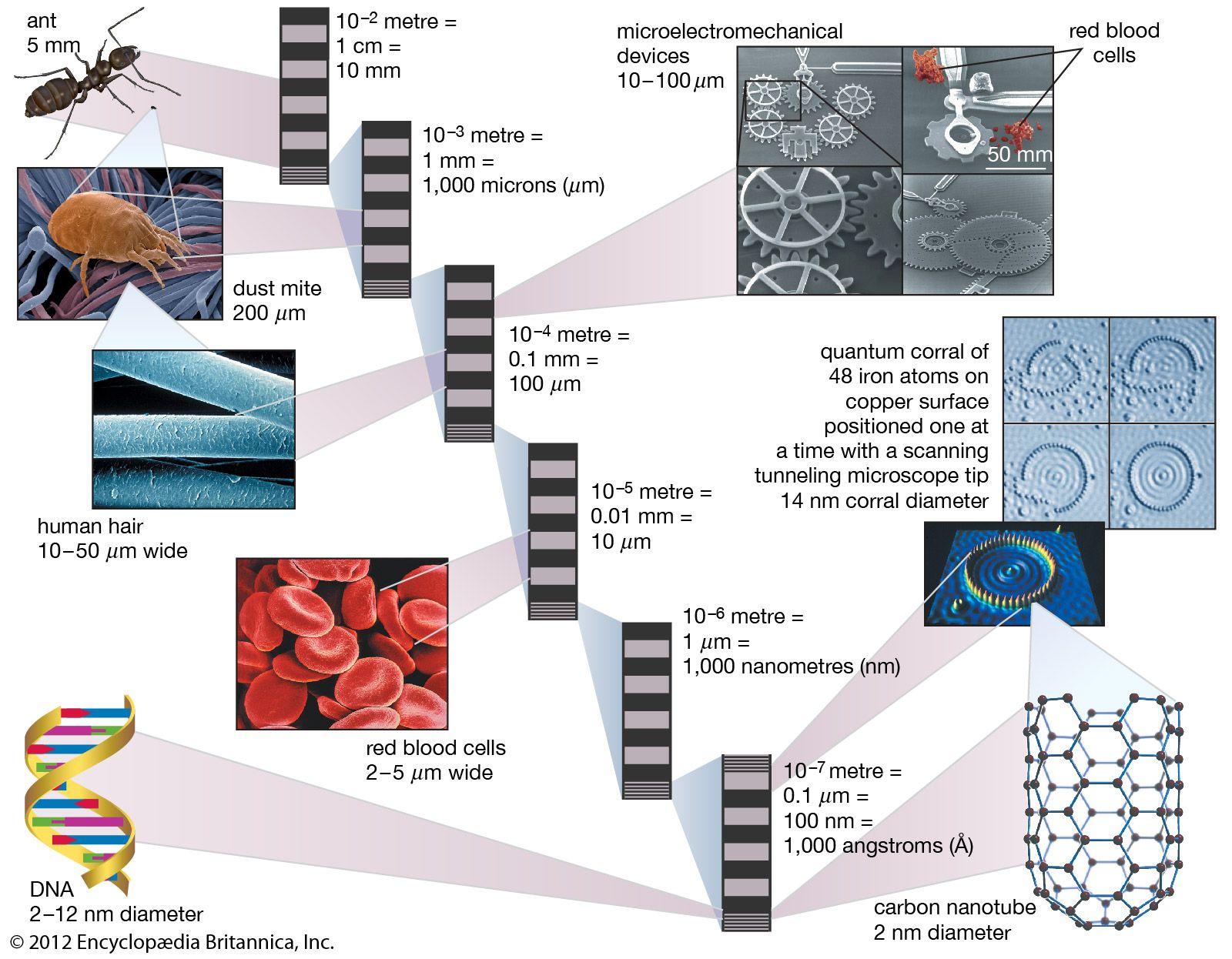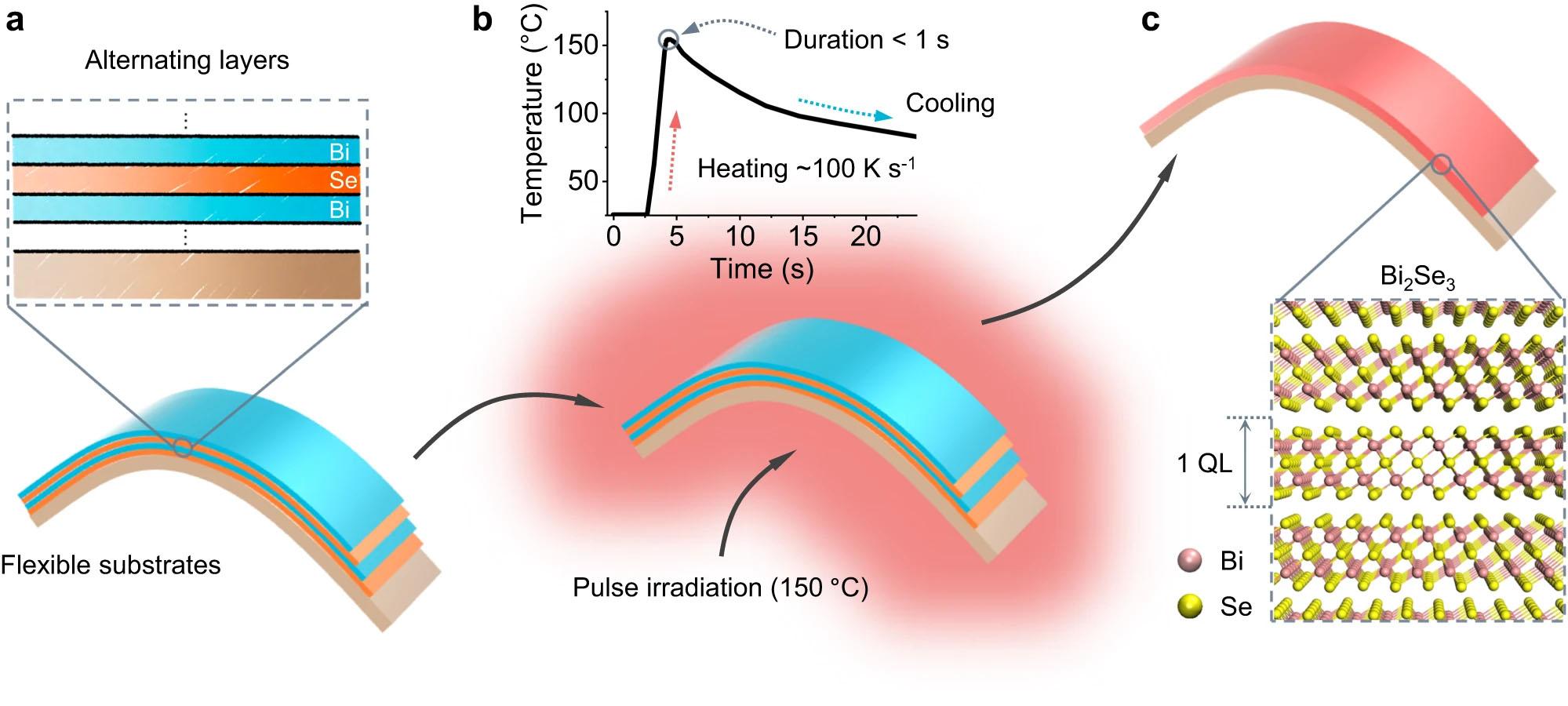In the vast and intricate world of the nano-cosmos, pattern formation emerges as a mesmerizing phenomenon that captivates scientists and enthusiasts alike. From the fascinating intricacies of crystal structures to the intricate dance of molecules, the nano-cosmos offers a playground for pattern formation that defies our traditional understanding of physics and chemistry. Join us on a journey through this microscopic wonderland as we unravel the secrets of pattern formation in the nano-cosmos.
Unveiling the Intricate Dance of Nanoparticles
Exploring the mesmerizing world of nanoparticles reveals a symphony of intricate patterns and movements that dance on a minuscule scale. These tiny particles, ranging from 1 to 100 nanometers in size, exhibit behaviors that boggle the mind and challenge our understanding of physics and chemistry.
<p>In the nano-cosmos, pattern formation emerges as nanoparticles interact with each other and their environment, creating stunning arrangements and structures that defy conventional logic. From self-assembly to molecular dynamics, the dance of nanoparticles is a complex ballet of forces and interactions that researchers are only beginning to unravel.</p>

The Role of Self-Assembly in Nano-scale Pattern Formation
Self-assembly plays a crucial role in the intriguing world of nano-scale pattern formation, where molecules come together to create complex structures with remarkable precision. This phenomenon, reminiscent of nature’s own way of organizing matter, allows for the creation of intricate patterns on a scale so small that it is invisible to the naked eye.
Through self-assembly, molecules autonomously arrange themselves into orderly patterns, driven by energetically favorable interactions. This process is guided by principles of thermodynamics and kinetic factors, leading to the formation of highly regular structures such as nanowires, nanodots, and nanoarrays. The ability of self-assembly to produce such precise patterns holds tremendous potential for a wide range of applications in nanotechnology, from advanced electronics to biomedical devices.

Harnessing Nano-patterns for Advanced Technological Applications
Nano-patterns are the building blocks of tomorrow’s advanced technological applications. These intricate patterns, on a scale of billionths of a meter, hold the key to unlocking a world of possibilities in various fields such as materials science, electronics, and medicine. By harnessing these nano-patterns, researchers are able to develop innovative solutions that push the boundaries of what is currently possible.
One fascinating aspect of pattern formation in the nano-cosmos is the self-assembly process, where nanostructures organize themselves into ordered patterns without external intervention. This phenomenon mimics nature’s ability to create complex structures with remarkable precision. By understanding and controlling this self-assembly at the nano-scale, scientists can tailor materials with specific properties, opening up new avenues for advanced technologies. With advancements in nanotechnology, the potential applications of nano-patterns are limitless, paving the way for groundbreaking innovations that will shape the future.

Exploring the Potential of Pattern Formation in Nanotechnology
Pattern formation is a fascinating phenomenon that occurs at the nanoscale, where intricate structures emerge from the interactions of individual molecules and atoms. These patterns can be found in a wide range of natural and synthetic materials, from self-assembled monolayers to semiconductor devices. The study of pattern formation in nanotechnology holds great promise for the development of new materials with tailored properties and functionalities.
One of the key challenges in harnessing the potential of pattern formation in nanotechnology is controlling the size, shape, and orientation of the resulting structures. By understanding the underlying principles of self-assembly and self-organization, researchers can design novel approaches to fabricate nanoscale patterns with unprecedented precision and complexity. This level of control opens up exciting opportunities for applications in fields such as photonics, electronics, and biotechnology, where nanoscale patterning can lead to enhanced performance and functionality.
To Wrap It Up
As we delve deeper into the intricate world of nano-scale patterns, we continue to uncover the mesmerizing beauty and complexity that lies within the nano-cosmos. From self-assembly to dynamic patterning, the study of pattern formation at the nanoscale unveils a universe of possibilities and potential applications. As we expand our understanding of these fascinating phenomena, we are propelled into a realm where science and art intertwine, unveiling the hidden symmetries and structures that shape our microscopic world. With each new discovery, we inch closer to unlocking the mysteries of the nano-cosmos, paving the way for a future where nano-patterns hold the key to groundbreaking innovations and advancements. Join us on this journey of exploration and discovery, as we unravel the secrets of pattern formation in the nano-cosmos and venture into a realm where beauty and science converge in perfect harmony.





